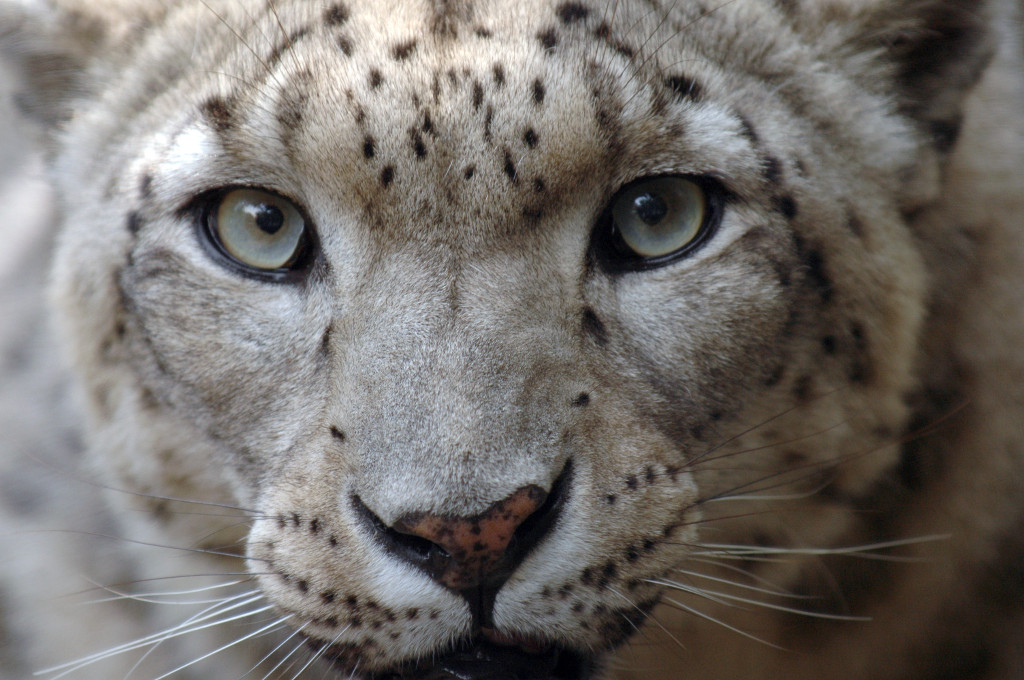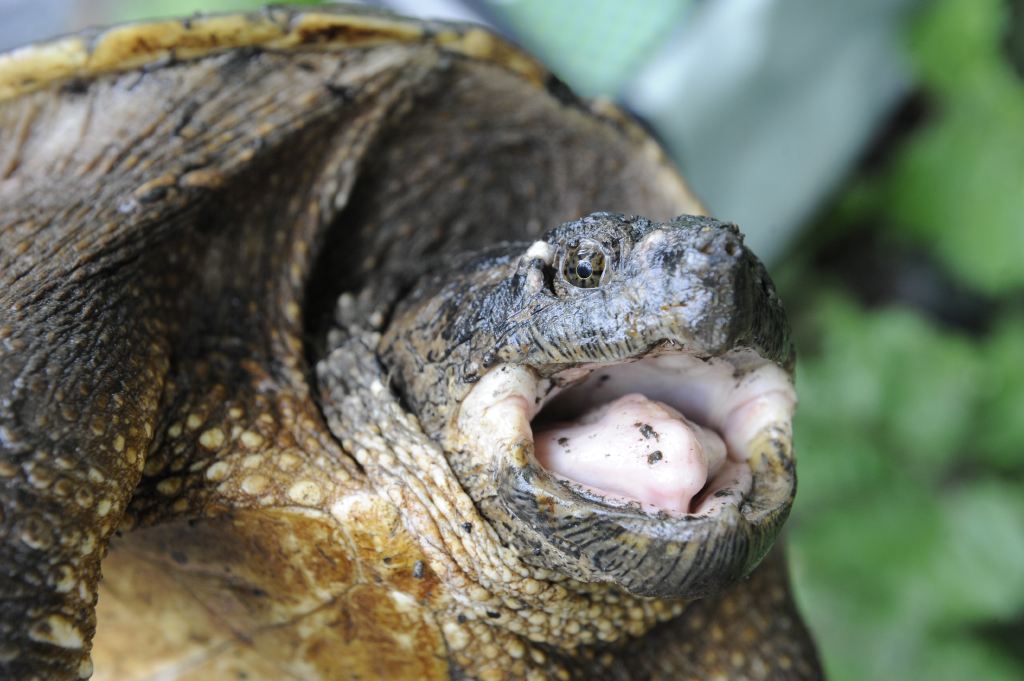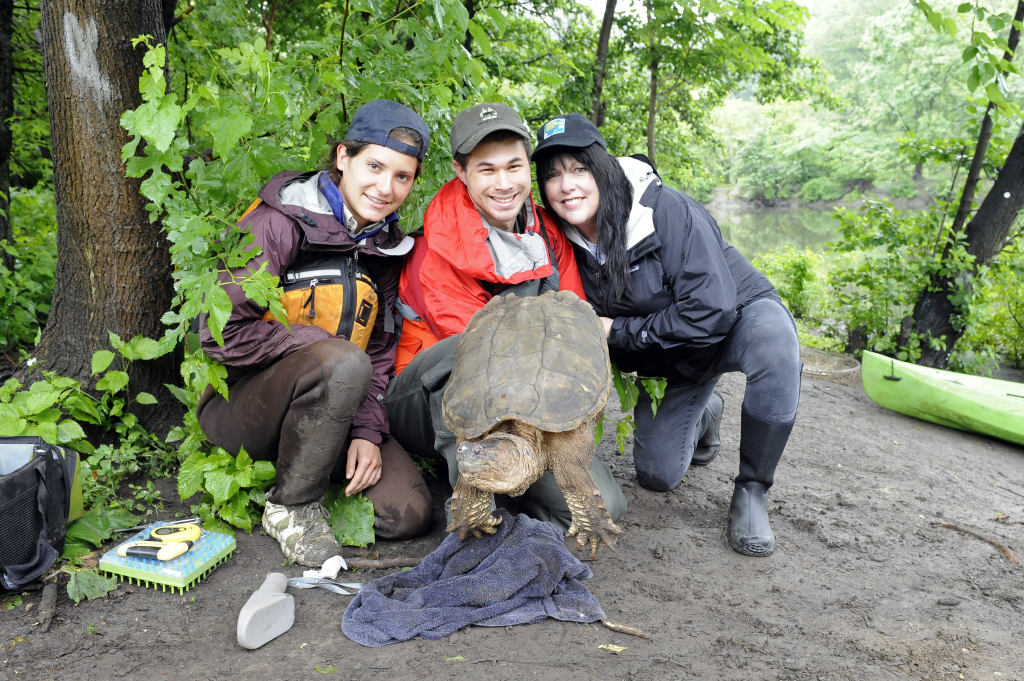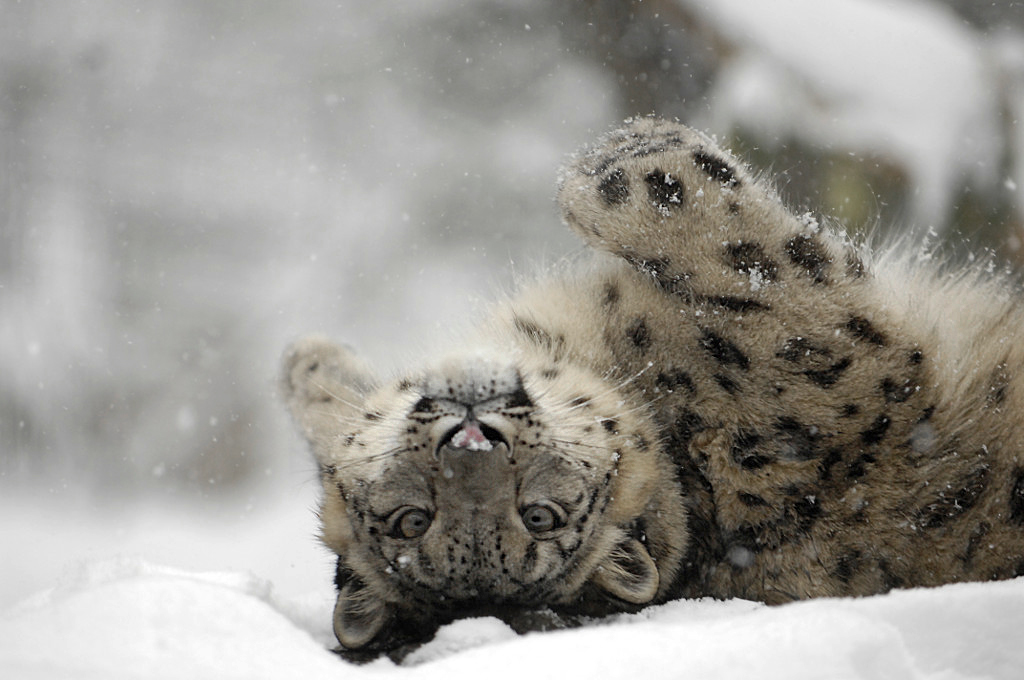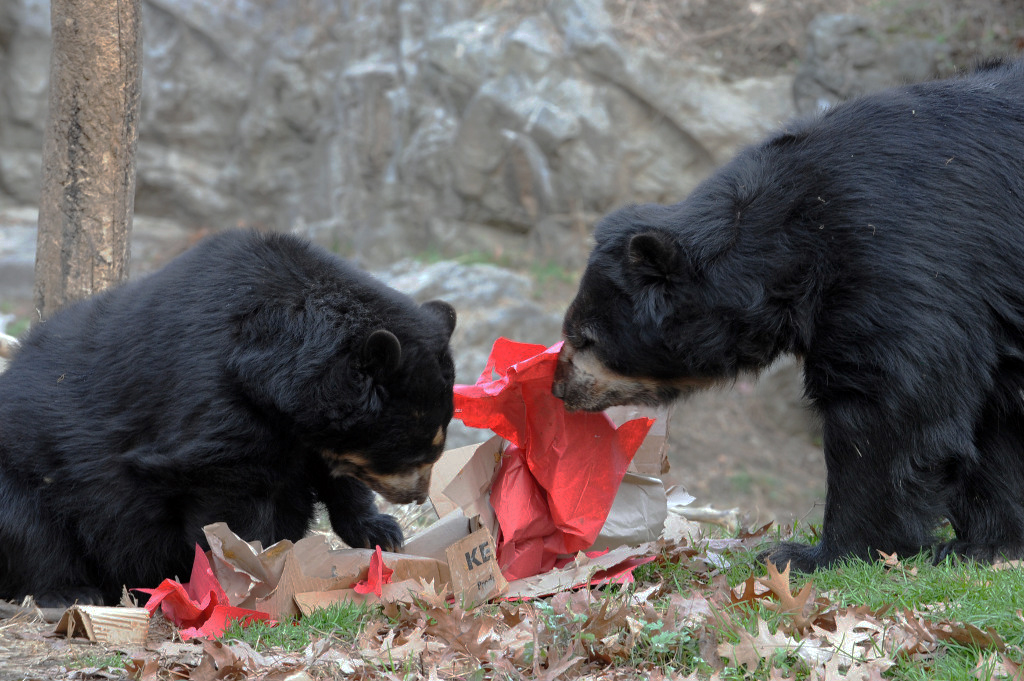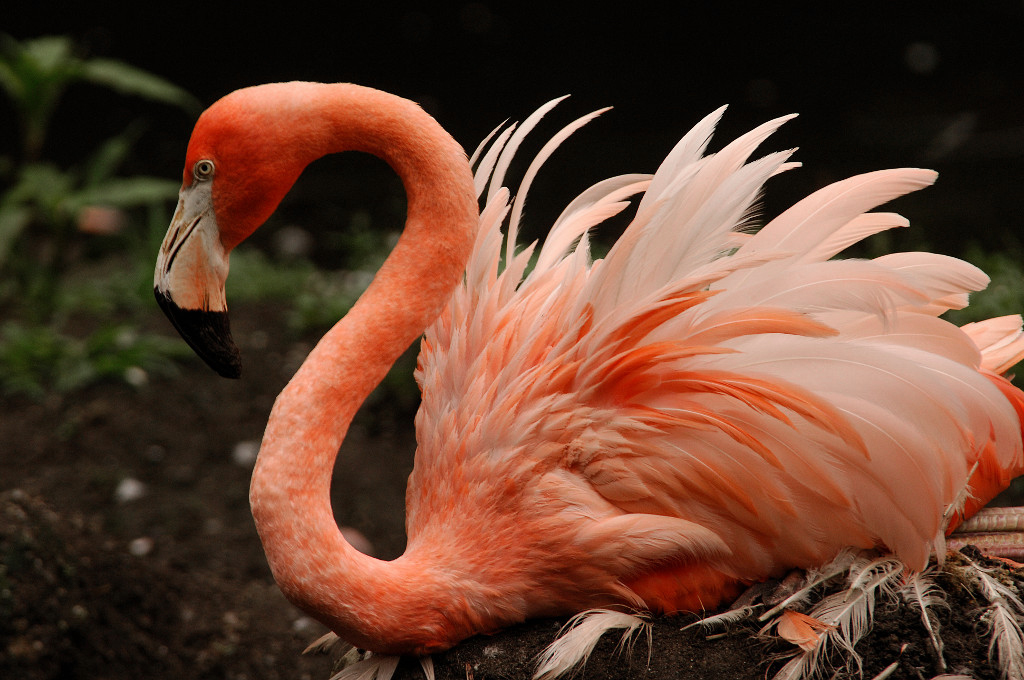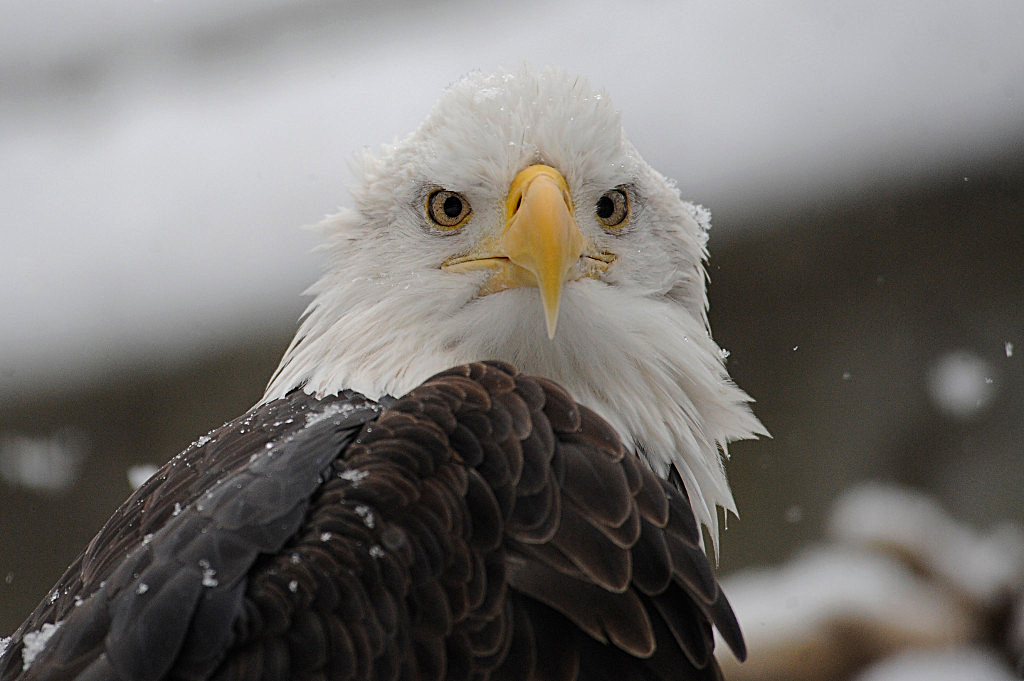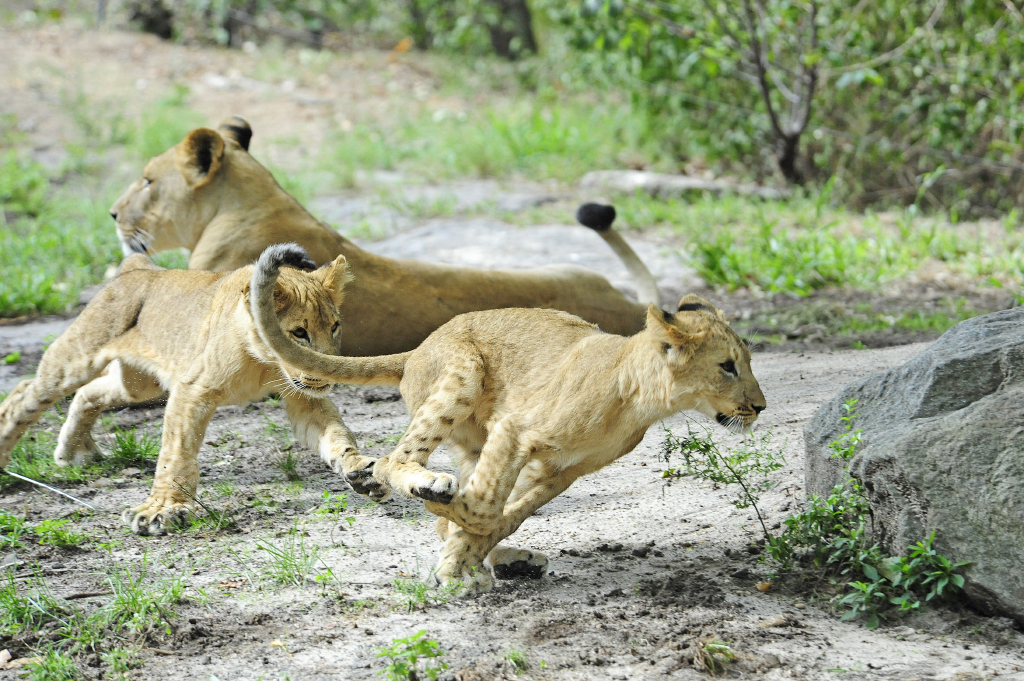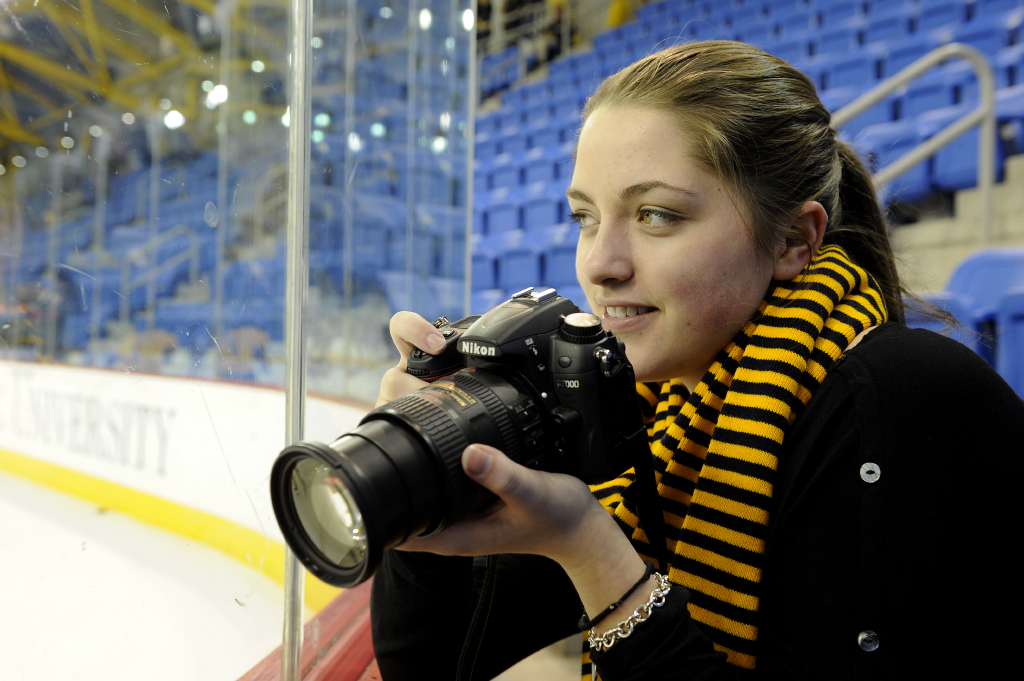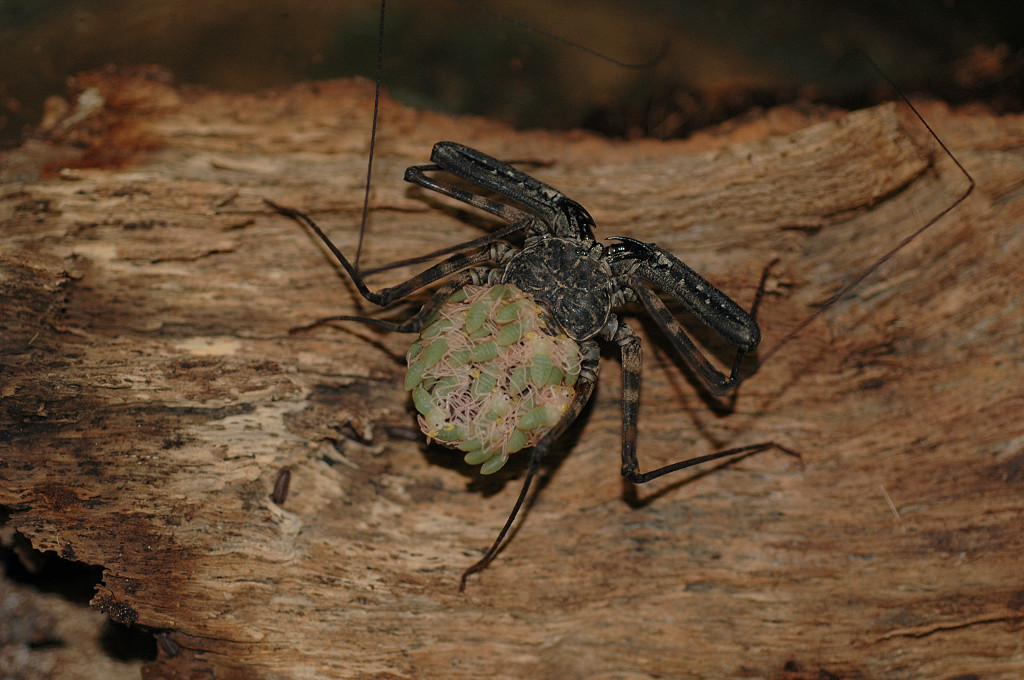T U R T L E T A L L Y O N T H E B R O N X R I V E R
Kayaking on the Bronx River in search of turtles with top herpetologists from the Wildlife Conservation Society (WCS) has to be one of the highlights of my job as staff photographer.
WCS set out to gather baseline data on reptile and amphibian populations in the river that runs alongside the Bronx Zoo. We trapped and then released the herps that included snapping turtles (below) and red-eared slides. Species, location, age, and gender of the animals were recorded, and our vets collected blood samples for testing of disease and pollutants. This information will help to assess reptile and amphibian health in these local waters.
My role was to photo-document their work while staying upright in a kayak!
Today’s NY Daily News has a bigger story on our efforts.
TIP: If you are working on the river, take a waterproof bag and large, plastic ziplock bags to keep cameras dry, and wear OLD shoes!
Photo credit: Julie Larsen Maher © WCS
